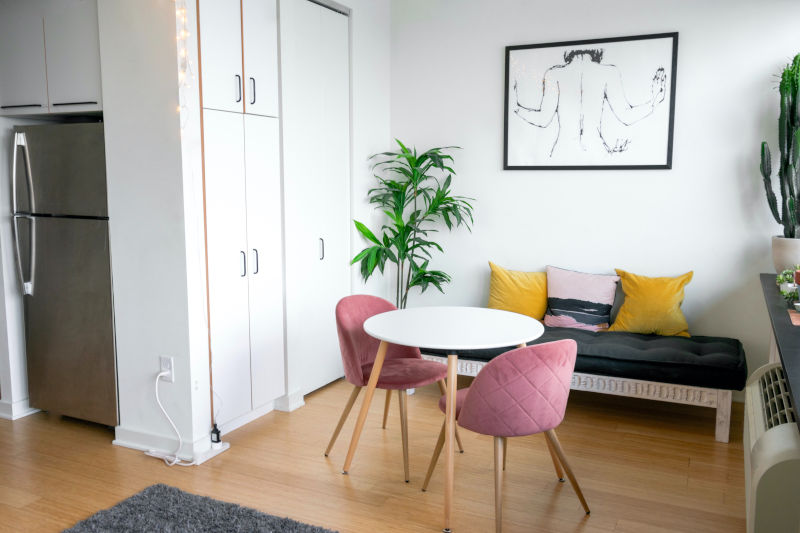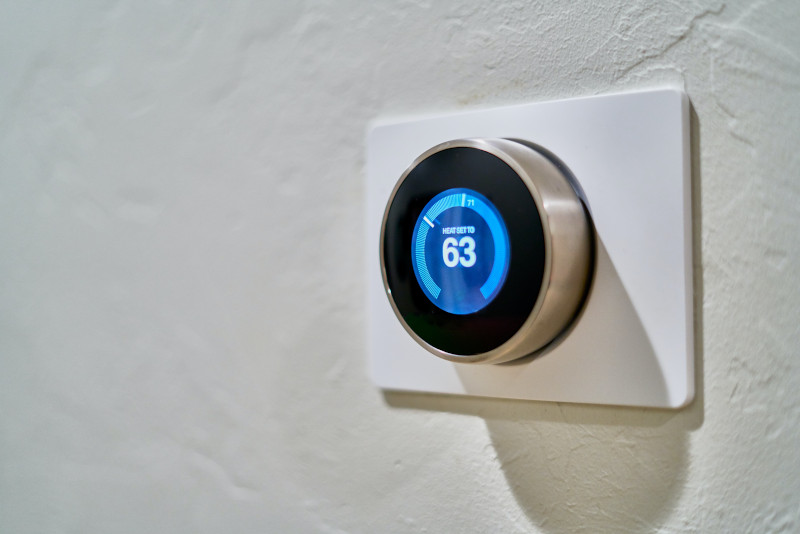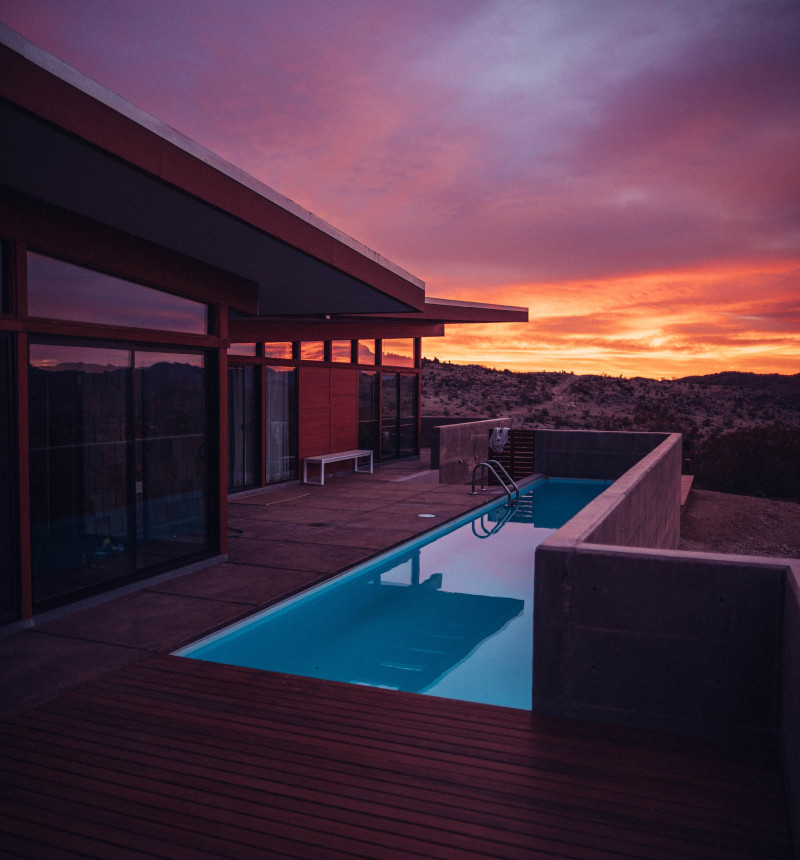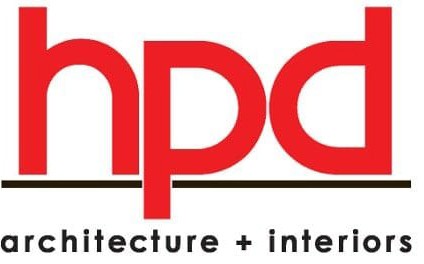
Renovating property for the short-term rental market
The increasing popularity of the Airbnb and VRBO enterprises has sparked some important conversations regarding renovating a home for the sole purpose of turning it into a short-term rental property.
Projects like these are quite different from the trendy changes homeowners make in properties they intend to live in for the foreseeable future. Read on for five essential questions every property owner should ask before renovating a home for short-term vacation rental.
1. How efficient is the maintenance?
An investment in short-term rental property is most successful when it is rented all year long by countless strangers. Right?
This ideal renting scenario is far from the norm of property ownership. Usually, our home is our castle and a bastion of cherished privacy. Gated communities and electric garage doors are indicators of a society that expects their homes to be places of safety and seclusion. Yet, in the case of an Airbnb property, we want as many people as is annually possible to cook in our kitchen, sit in our favorite chair, bathe in our tub, and sleep in our bed.
This demands flooring, cabinets, finishes, and furniture known as much for their durability and sensibility as their allure.
It may be tempting to create a luxurious space worthy of a magazine cover…until you realize careless visitors will treat your property the way they treat a rental car. As if regular rules of the road don’t apply. Wine will be spilled, heavy objects dropped, doors slammed and precious surfaces scratched. With that in mind, you want larger, shared spaces to be easy to clean and easy to maintain, and you want the water heater to be large, the A/C to be capable of running all day, and the garbage disposal to be capable of grinding a tree branch if necessary.
Appreciate what is industrial, viable, reliable, and dependable instead of what is fashionable or chic.

2. How complicated is the technology (including the appliances)?
People love their shiny, new gadgets. Smart-home technology and digital apps have taken security and entertainment to dizzying heights. Nowadays, we can remotely watch a package get dropped off on our doorstep on our mobile phone. Or, using the same device, change the temperature in the basement from afar. Or unlock the garage door to let the neighbor return the lawn mower.
However, implementing the latest appliances and gizmos into your short-term property may invite frustration on the part of your guests. Save all those mod cons for when you renovate your dream home. No one wants to hunt down an instruction manual just to turn on a ceiling fan or to use the commercial-sized espresso machine. Getting ice from the freezer shouldn’t require an engineering degree.
Featuring basic, uncomplicated electrical and plumbing components in your home will not only prevent irritation for a visitor, but it will also keep the installation and repair of those components reasonable.
If you had to hire a rocket scientist to install the entertainment center, you’ve severely overcomplicated your guest’s stay.
3. Are you using locally sourced…hardware?
Granted, the phrase ‘locally sourced’ is usually reserved for restaurants, but it can apply to home construction and remodeling too. In this case, we’re not talking about farm-to-table food items, but the ease with which repairs or adjustments can be made to any anything mechanical on the property that might break, wear down, or need to be upgraded.
Whether you live near the property and plan to service it yourself or you hire a management company to take over the challenges of upkeep, the convenience of going to the local hardware store or Home Depot is immensely preferable to waiting for several days/weeks for Amazon to deliver an unusual light bulb or some obscure toilet seat.
Furthermore, any device or fixture in your home that originally required a specific and special tool to construct can wreak havoc when that tool disappears or gets broken. You may desire for your own home to be some grand experiment in all things unique and innovative, but for the purposes of efficiency and cost, you don’t want this for your short-term rental property.
4. Have you stuck to standard or modular designs?
In this scenario, modular refers to standardized. And, again, with the replacement of parts and the unpredictable, dynamic nature of architectural layout as a point of reference, the simpler your approach to interior design, the easier it will be to maintain or replace those elements within the home.
Consider, for example, a product such the tile you choose for your walk-in shower. You may be tempted to select some random-sized subway tile that’s trending right now, but you’d be better off choosing that 3×6 dimension which will be available anytime, anywhere, when a tile inevitably cracks.
Or…you might think that eclectic grout color looks great now, but by sticking with white or clear, you know you’ll always be able to replace a tile without the hassle and expense of having to redo the entire shower.
Or…custom-built cupboards can be attractive, and that vine-patterned backsplash is cute, but what’s the likelihood you’ll be able to quickly and economically replace either of those kitchen features if they’re damaged a couple of years from now?
5. Have you analyzed the short-term rental market?
A significant aspect of market analysis is knowing what your most successful competitors are doing. It’s worth taking the time to go onto the Airbnb and VRBO sites to see which properties in your area are regularly booked and which ones are often vacant.
Your immediate surroundings also provide useful feedback on your approach to design and renovation. Is your property a house in the suburbs, an apartment in a large city, or a cabin in the mountains? Many renters aren’t just choosing a home—they’re choosing a setting.

Generally, 5-star reviews are not isolated to the most grandiose rentals. Most customers are looking for something clean, functional, and safe, and it’s the location that matters most. People want easy access to the types of spaces that satisfy their needs or their interests.
Along these lines, it’s wise to consider your preferred clientele’s family dynamics. Are you hoping to attract a guest who’s traveling alone while on business? Would you prefer to create a space for a young couple seeking a romantic getaway? Do you want to provide a house for a family of 6 who would be thrilled by the pool, the bunk beds, and the playroom in the finished basement?
Answering such questions on the front end ensures that every material or design selection is completed before the contractor pounds the first nail or—in a far more aggressive renovation—tears down the first wall.
One last tip…
Most rental owners know to stick with stain-resistant materials when it comes to selecting furniture. However, it’s also useful to choose lightweight furniture that offers mobility.
Some of your more, er…assertive … renters will have the mentality that your place really is their place for the duration of their stay. As such, they may want to rearrange the family room furniture to accommodate their own interests, needs, or preferences. You don’t need the mobility of patio furniture necessarily, but you also don’t your guest sliding a two-ton leather recliner across the room.
So, practically speaking, love seats are preferable to bulky sofas, smaller tables are preferable to a dining room table with its extension leaf, and nesting coffee or side tables are a nice idea to allow the living room some variability.
Fill those communal spaces with furniture that invites conversion and easy transformation.
Laura Davis is a registered architect and interior designer in the state of Texas and Colorado, and a founding member of hpd architecture + interiors. Laura's extensive experience includes residential as well as commercial and retail projects. She also has a particular interest in restoration, holding a certificate in Historic Preservation. She is energized by the character of older homes and the stories of those who have lived there. Responding to the needs of the current owner, while also honoring the personality of the original home is a delicate process to be enjoyed.

0 Comments